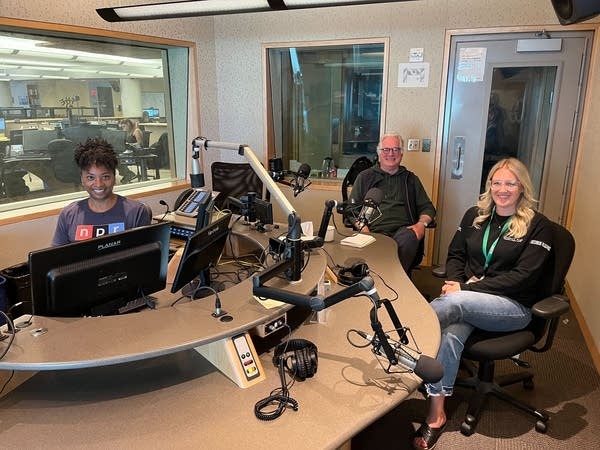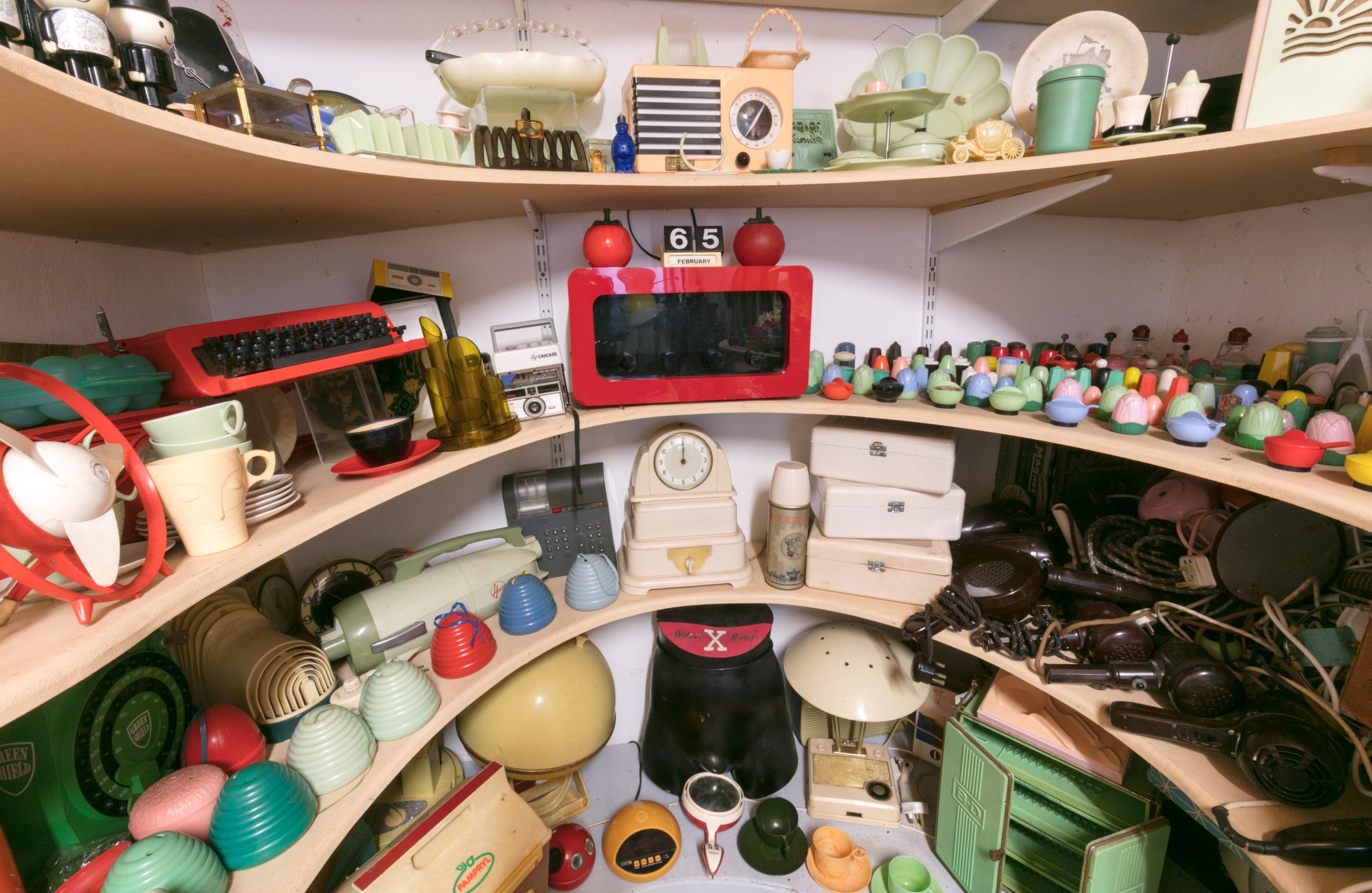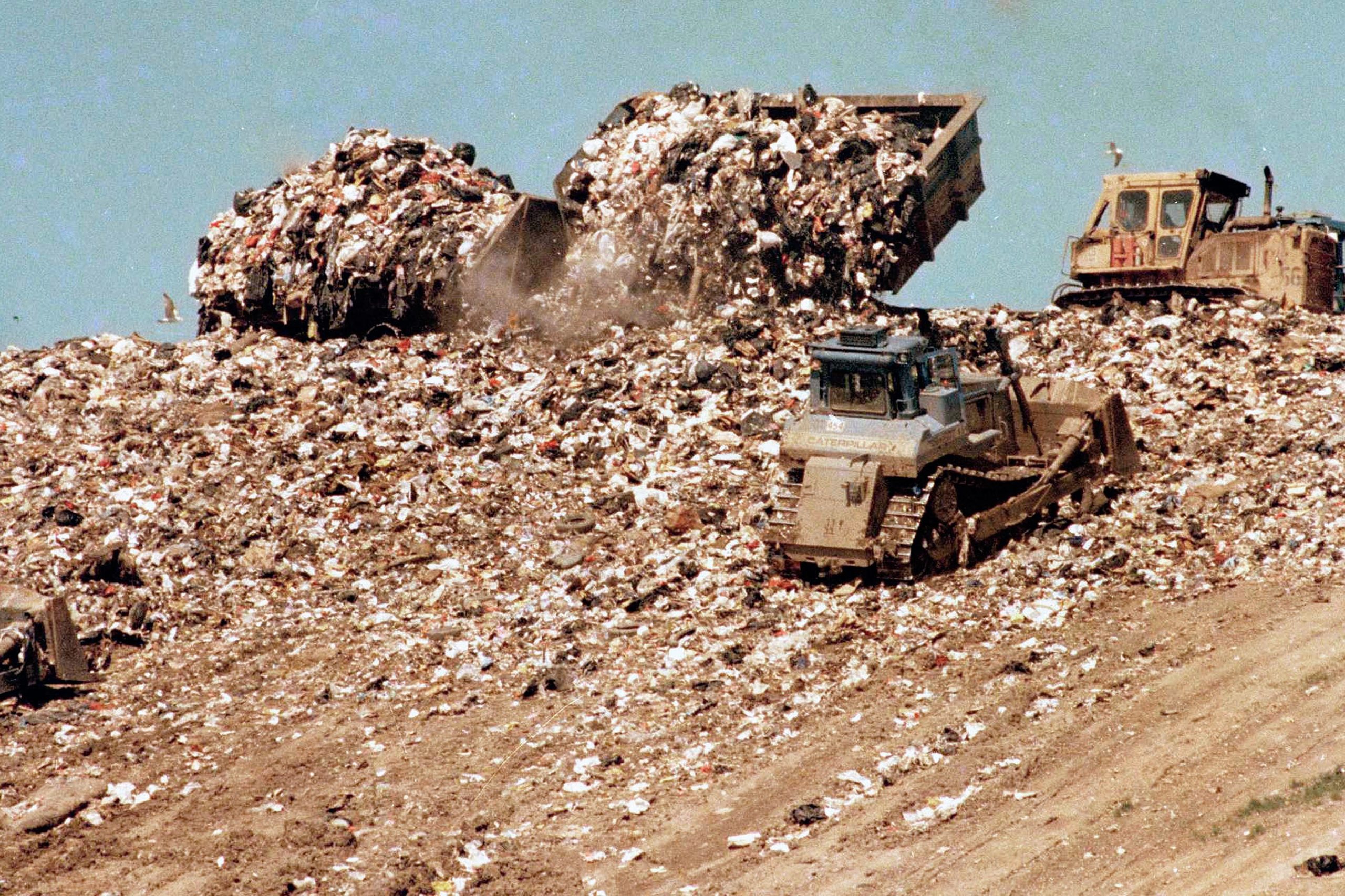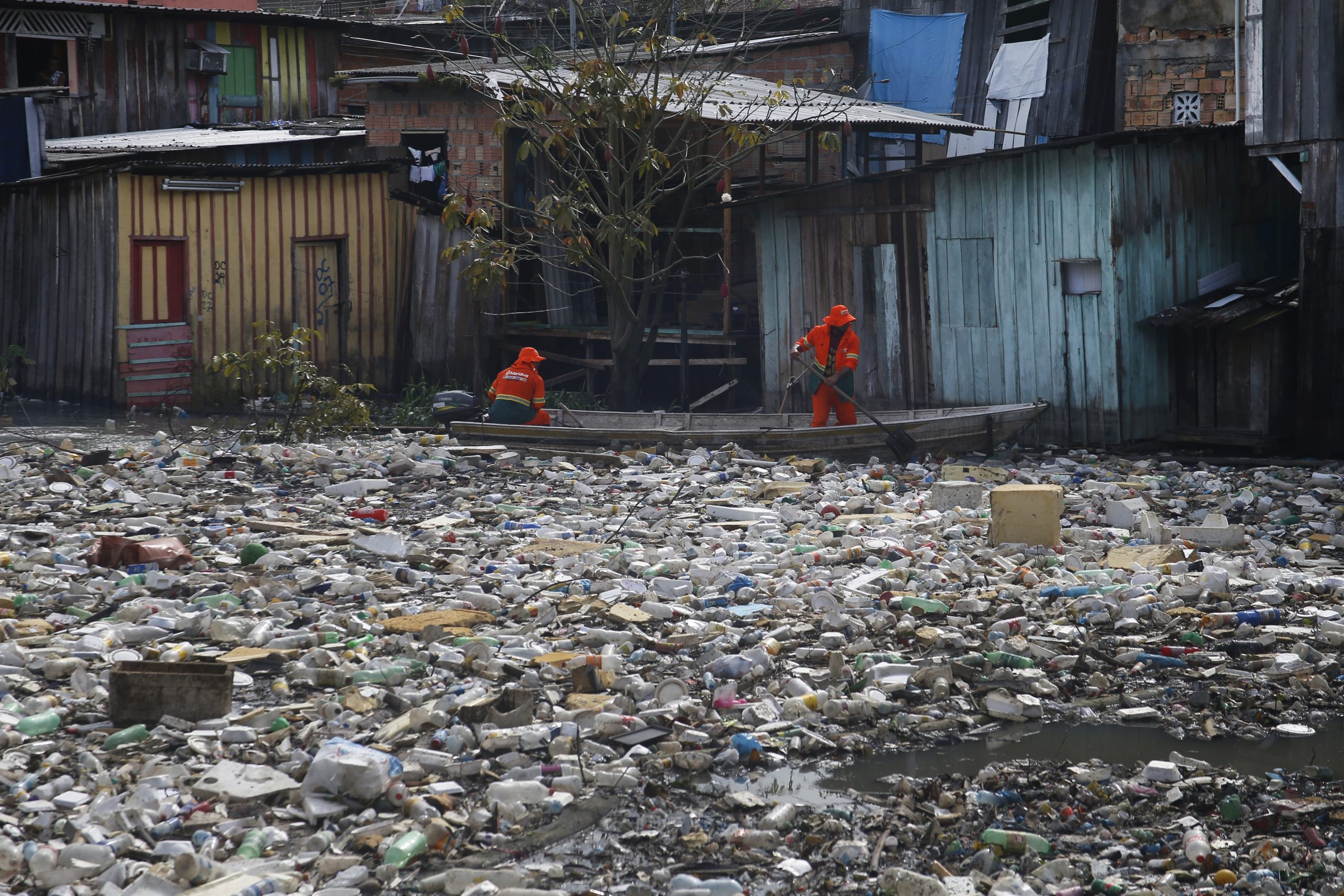Safety investigators want more technology to prevent close calls on runways
June 7, 2024
Financial advice for new grads in Minnesota
June 10, 2024Just for a minute, think about how much of the plastic you use today will end up as trash. Drink bottles? Grocery bags? Food wrappers? If you live in the United States, it’ll probably add up to about a pound of stuff — just today.
Most plastic is dumped in landfills or becomes pollution in places like rivers and oceans, according to the Organisation for Economic Co-operation and Development. Along the way, it sheds microplastics that can make their way into animals and people. Just 4% of plastic in the U.S. is recycled.
It wasn’t always this way. But over the past 70 years, plastic has become embedded in nearly every aspect of human life. The world produces around 230 times more plastic now than it did in 1950, according to Our World in Data.
As production soared, so did pollution. Many scientists and activists say chemical and fossil fuel companies make too much plastic now for society to manage sustainably. The United Nations says the problem is also being fueled by a “worrying shift” toward single-use products and packaging, which are designed to be used once and thrown away.
Plastic became ingrained in modern life in large part because the plastics industry started working in the 1950s to convince people to embrace the material as cheap, abundant and disposable.
The marketing campaign worked so well that litter soon became a problem across the U.S., and there was a public backlash. The industry responded by pitching recycling. But almost from the outset, corporations knew that recycling probably wouldn’t work to rein in waste, multiple investigations have shown.
Now, faced with spiraling plastic pollution, the U.N has set out to write a legally-binding agreement to deal with the problem. But the negotiations are fraught.
And even if nations can broker a deal, it’ll be a daunting task to actually reduce the world’s consumption of plastic, which is in almost everything, from clothing and diapers to medical devices.
“We’ll continue to need plastic for specific uses,” Inger Andersen, executive director of the United Nations Environment Programme, said at the latest round of U.N. negotiations in Canada in April. “But there’s a growing agreement,” she said, that a lot of single-use plastic “can probably go.”

The plastics industry pitched disposability to make more money
As part of the treaty talks, some countries want to cap production of new plastic, which is made from oil and gas. However, those efforts are opposed by big fossil fuel producers that are determined to keep plastic demand growing. State and local governments in the U.S. have tried to limit pollution by passing laws that ban plastic shopping bags or single-use plastic bottles.
The industry has responded by fighting regulations that could hurt demand for its products. It says the solution to environmental problems is better recycling, not using less plastic.
Matt Seaholm, chief executive of the Plastics Industry Association, says his group is advocating on behalf of plastic producers and consumers alike, since “it is an essential part of society at this point.”
Synthetic plastic was patented in the early 1900s. It was known as Bakelite, and it sparked a boom in durable and affordable consumer goods. Soon, companies started selling different kinds of plastic. At first, most of it was marketed as sturdy and reusable. One television ad from 1955 — about a made-up homemaker named Jane in a made-up place called Plasticstown, USA — touts how plastic containers are ideal for families because they won’t break if kids accidentally drop them.
But soon, the messaging started to change. In 1956, the industry learned about a new way to boost sales — and profits. At the plastics industry’s annual conference in New York, Lloyd Stouffer, the editor of an influential trade magazine, urged executives to stop emphasizing plastics’ durability. Stouffer told the companies to focus instead on making a lot of inexpensive, expendable material. Their future, he said, was in the trash can.
Companies got the message. They realized they could sell more plastic if people threw more of it away. “Those corporations were doing what they’re supposed to do, which is make a lot of money,” says Heather Davis, an assistant professor at The New School in New York who’s written about the plastics industry.

Throw-away living was a foreign concept in 1950s America
But getting people to throw away items after a single use took a lot of work.
Adults in the 1950s had lived through The Great Depression and World War II, and they were trained to save as much as possible, Davis says.
“It was a really difficult sell to the American public in the post-war period, to inculcate people into a throwaway living,” she says. “That is not what people were used to.”
A solution companies came up with was emphasizing that plastic was a low-cost, abundant material.
A 1960 marketing study for Scott Cup said the containers were “almost indestructible,” but that the manufacturer could still convince people to discard them after a few uses. To counter any “pangs of conscience” consumers might feel about throwing them away, the researchers suggested a “direct attack”: Tell people the cups are cheap, they said, and that “there are more where these came from.”
A few years later, Scott ran an advertisement saying its plastic cups were available at “‘toss-away prices.”
In a 1963 report for another plastics conference in Chicago, Stouffer congratulated the industry for filling dumps and garbage cans with plastic bottles and bags.
“The happy day has arrived,” Stouffer wrote, “when nobody any longer considers the [plastic] package too good to throw away.”

A booming market hit a consumer backlash
By the early 1970s, plastics were booming. The market was expanding faster than the “rosiest of predictions,” and its growth prospects were “out of sight,” an executive at the chemical company DuPont told the Chamber of Commerce in Parkersburg, West Virginia, in 1973. Soon, big soft drink companies introduced plastic soda bottles.
But the industry faced a growing public-relations problem that was especially threatening to beverage companies, whose names were stamped on the packaging: Plastic litter was becoming an eyesore across the country.
“Even if you’ve convinced people that maybe the disposability of plastics isn’t such a bad thing, people are still seeing this waste out in public,” says Bart Elmore, a professor of environmental history at Ohio State University.
So drink makers went on offense. Elmore says they fought bans on throw-away bottles and joined the plastics industry in pushing recycling as an environmental solution.
However, multiple investigations, including by NPR, have shown that plastics industry representatives long knew that recycling would probably never be effective on a large scale. Officials have said they encouraged recycling to avoid regulations and ensure that demand for plastic kept growing.
Trade groups for plastic companies say those investigations don’t accurately reflect today’s industry.
There isn’t evidence that drink makers were part of those internal discussions about recycling’s viability. But Elmore says they should have had enough information at the time to know recycling was a risky bet.
In 1976 — two years before big soft-drink makers introduced plastic soda bottles — a study by the U.S. Food and Drug Administration concluded that “substantial recycling of plastics is unlikely in the near future.” That echoes the agency’s 1975 draft report that found “recycling of plastic bottles is unlikely to be commercially feasible.”
“To make a gamble like that, where public agencies and public documents are saying this at the time, I think raises real questions about culpability, accountability in an era when I think a lot of people are asking for that,” Elmore says.
Less than 10% of plastic waste is recycled globally. As countries try to negotiate a global waste agreement, activists and scientists are focusing a lot of their attention on chemical and fossil fuel companies that make plastic. But Elmore says consumer goods companies like beverage makers also deserve scrutiny, because they use a ton of plastic packaging and rank as some of the biggest plastic polluters globally.
“If they take a stand, one way or the other, it has a huge global impact,” Elmore says.
A business group called the American Beverage Association said in a statement to NPR that one of its highest priorities is creating a so-called circular economy where plastic is recycled and reused to prevent waste.
A lawsuit aims to hold a major plastic polluter accountable
The disposable culture that was fostered by the plastics industry is playing out in places like the Buffalo River, which empties into Lake Erie in western New York. Plastic debris litters the banks of the river, and it breaks down into fragments called microplastics that accumulate in the lake, contaminating drinking water for about 11 million people.
One morning this spring, volunteers met at the river to clean up some of the pollution. “We see plastic tops, bottles, we have single-use plastics from takeout food,” says Jill Jedlicka, who leads Buffalo Niagara Waterkeeper, a nonprofit that organized the event.
It’s constant work. The debris that volunteers collected will be replaced in weeks by more plastic trash. “It’s an onslaught,” Jedlicka says.
A lot of the plastic waste around the Buffalo River is packaging sold by the food and beverage giant PepsiCo, according to a lawsuit that New York State Attorney General Letitia James filed last year against the company. New York prosecutors say plastic pollution around the Buffalo River is a public nuisance, and that Pepsi contributes to the problem by selling tons of single-use packaging.
Activists say lawsuits like the one New York filed against Pepsi are a way to try to hold corporations accountable.
In a court filing, Pepsi said it isn’t responsible for the Buffalo River pollution, and that it shouldn’t have to warn people that plastic waste poses environmental and health risks.
“Consumers are more than capable of purchasing a beverage or snack product, consuming it, and placing the packaging in a recycling or waste bin,” the company said.
Researchers say companies often blame consumers when plastic waste gets into the environment.
Pepsi said in statements to NPR that “no single group or entity bears responsibility for plastic pollution,” and that it is trying to improve recycling and reduce how much new plastic it uses.
However, in its latest sustainability report, Pepsi said its use of new plastic increased slightly in 2022, partly because recycled material was expensive and hard to find. Pepsi isn’t alone: Despite growing public pressure, companies increased their use of new plastic by 11% between 2018 and 2022, according to data compiled by the Ellen MacArthur Foundation.
“There is so much that the plastics industry needs to do to improve the sustainability of plastics,” says Shelie Miller, a professor at the School for Environmental Sustainability at the University of Michigan. But she says consumer culture is also part of the problem.
“If our stance is, consumers should be able to consume whatever they want in whatever quantity they want and it’s someone else’s job to deal with it,” Miller says, “that’s not a path toward sustainability.”
Copyright 2024 NPR




